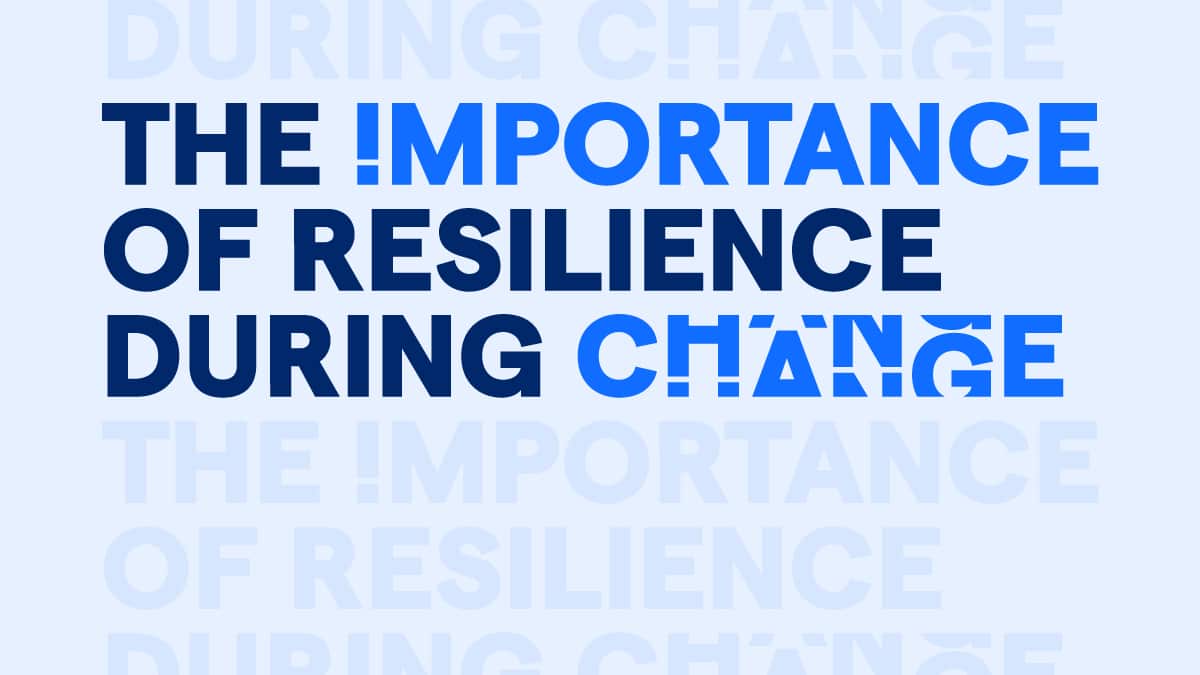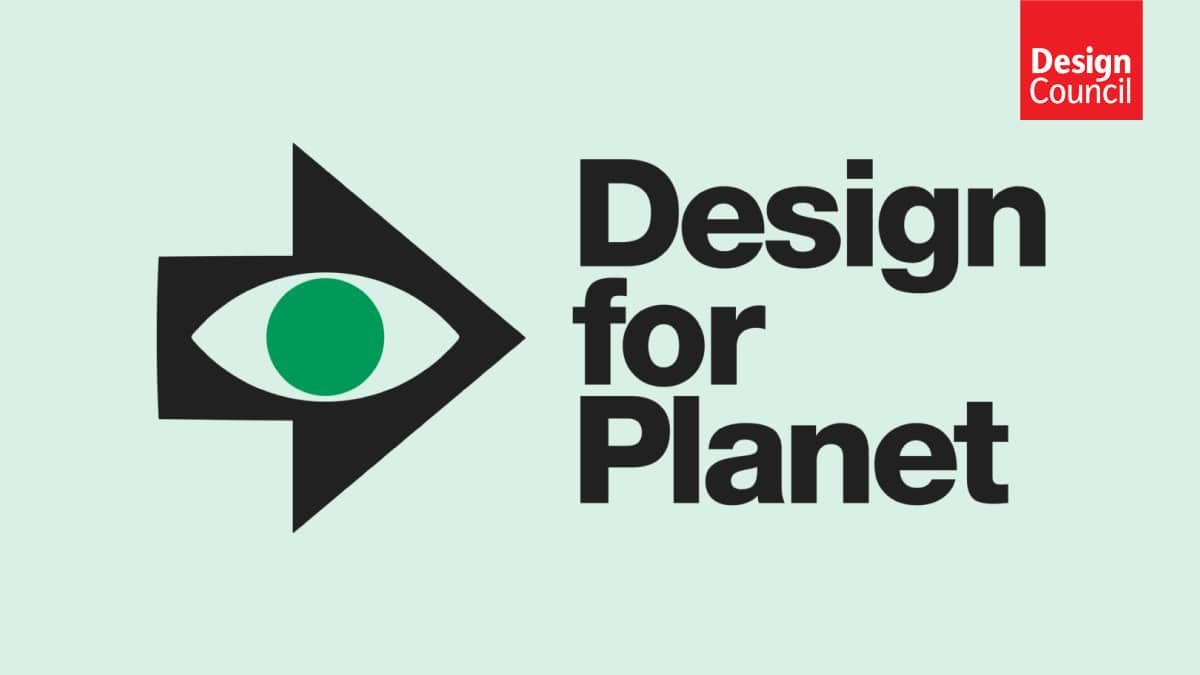Design systems: a recipe for success
5 min read Written by: Cory Hughes
As a seasoned service design lead, I spend my working days promoting the power of creativity. I love a good experiment, so, unsurprisingly, you’ll find me doing the same at home with my long-suffering family. Our creative ritual is called ‘World Wednesday’ – a monthly event where we choose a country and try to cook a meal from that place. The kids get involved. Sometimes it gets messy. Sometimes, we surprise ourselves. How do we decide what to make? The inspiration usually comes from our collection of battered recipe books or a quick search online.
The importance of looking for common patterns
From recipe books to the design of public services, humans are hardwired to look for patterns to help us get what we need. Think of a recipe book as a tried and tested system – using visuals, content and guidelines to help a user achieve a desired outcome. It’s why many public and private sector organisations have adopted a ‘design system’ to build their digital products and services and make this process more efficient. The consistency of the user experience these design systems offer significantly builds trust with people who use these services.
Design systems in Wales
With this backdrop, the Centre for Digital Public Services (CDPS) decided to explore the feasibility of a Design System for Wales and tasked us to lead the research. This has pushed our thinking at Perago to wonder if a ‘design system’ could exist across the Welsh public sector to meet the unique legislative context of Wales – where we focus on the current and future well-being of people in Wales and design services that promote and ease the use of Welsh and treat those who speak it equally with those who speak English.
This research project delved into digital service design and development within the Welsh public sector. We explored the current landscape, gauging the level of engagement with design system principles and the appetite for a Wales-specific solution.
Would a shared design system enhance the user experience of public digital services in Wales? Could it streamline processes and improve efficiency for design and development teams? These were the central questions that guided our investigation.
Research methodology
To gain a comprehensive understanding, we employed a mixed-methods approach. This involved:
- Desk research: We analysed existing design systems within the UK (Gov. UK) and bilingual systems (Ontario, Canada).
- Interviews: In-depth conversations with key stakeholders across various public sector bodies provided valuable insights and perspectives.
- Surveys: An online survey captured quantitative data on design system preferences, needs, and challenges faced by professionals in the field.
Redefined problem statement
The research revealed an uneven playing field for introducing a design system in Wales. Organisations equipped to benefit most from a design system might initially need help adopting it due to resource limitations. Addressing structural inequities within the digital design and development community may be necessary before introducing tools like a design system.
Key findings from the research
The research identified a gap between awareness and practical application of design systems within the Welsh public sector. While many respondents were familiar with the concept, a lack of collaboration and knowledge sharing across organisations hindered its effective implementation. The varying sizes, structures, and skillsets of digital teams across public bodies created disparities in their ability to deliver consistent and effective digital services. Additionally, while confidence was expressed in user research and accessibility standards, there was a disconnect in demonstrating how these principles were being translated into practice. Finally, the research highlighted the importance of strong leadership commitment to digital transformation, as it directly impacted the resources allocated to digital teams and their ability to deliver high-quality services.
What’s next for a design system for Wales?
The potential for a shared design system to improve the user experience and efficiency of public digital services in Wales is undeniable. However, addressing the current disparities and building a solid foundation of collaboration and skills within the sector are crucial steps before its implementation.
While we don’t know what comes next in terms of the development of a system, there are lessons learned from the research that can be applied to so much across the public sector in Wales… or in the case of a recipe, you can’t cook up a feast if your pantry is lacking some of the essential ingredients!




